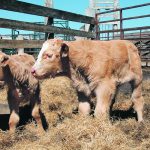Health Canada’s Veterinary Drugs Directorate says there are no backlogs in drug submissions, despite industry complaints
When Solvet tried to get Canadian approval for its castration bands infused with lidocaine for pain management in cattle, the company was met with a delay. Merle Olson, founder and director of development and research at Solvet, an Alberta veterinary pharmaceutical company, said its product will come out in the United States at least a […] Read more Livestock Management
Livestock Management
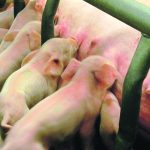
Batch farrowing is a strategy that can improve hog health
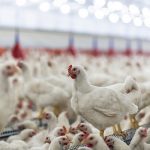
Avian flu lands in B.C.
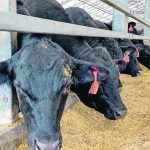
Study favours controlled bunk feeding
Research finds that consistent feed delivery, feed mix order and mix time can help improve cattle’s feed-to-gain ratio
Monitoring the behaviour of cattle at the feed bunk can maintain rumen health and improve efficiencies in feedlots. “You don’t want to throw out all that hard work by mismanaging the feed bunk,” said Megan Van Schaik, beef cattle specialist with the Ontario agriculture ministry. “We’re talking about the timing of feeding, frequency of feeding… […] Read more
B.C. ranchers want focus on water management
Cattle industry lobbies for ‘beaver dam approach’ to storing water for irrigation projects, flood mitigation in watersheds
Beef producers in British Columbia who will receive help under a $71-million AgriRecovery program following record wildfires and drought want long-term solutions to what is becoming an increasing problem because of climate change. Major discussions are being held with provincial officials about how to improve water management, said Kevin Boon, general manager of the B.C. […] Read more
Veterinarians kept horses healthy during First World War
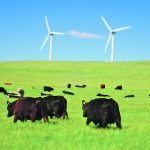
Initiative aims to protect country’s grasslands
The Grasslands Conservation Initiative is designed to create a unified front in the effort to stem native pasture loss
Three organizations with a history of conservation on the Prairies have launched a new initiative to protect one of the most threatened agricultural and ecological landscapes in the West. The Grasslands Conservation Initiative is the product of joint discussions between the Canadian Cattle Association, Ducks Unlimited Canada and the Nature Conservancy of Canada that were […] Read more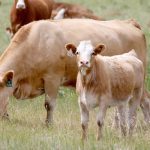
Stocker calf prices boom, but cow herd rebuild unlikely

Targeted feed assistance under fire in Sask.
Livestock producers question targeting AgriRecovery to certain areas, saying it should have been offered to everyone
HERBERT, Sask. — Applications for the latest livestock program assistance program are open in Saskatchewan but some cattle producers are less than enthused about this version of AgriRecovery. They’d prefer something like the 2021 drought recovery program that paid $200 per head to all producers. The 2023 program is targeted to certain areas and pays […] Read more
Ergot recommendations tightened
New research suggests increased caution with ergot-infected feed; maximum levels are increased to one part per million
Cattle producers in Western Canada should pay more attention to ergot levels in their feed after new research found that previously recommended levels should be lower. Research conducted by Dr. Gabriel Ribeiro and others at the University of Saskatchewan has led to recommendations that cattle not consume feed with more than one part per million […] Read more


 Livestock Management
Livestock Management